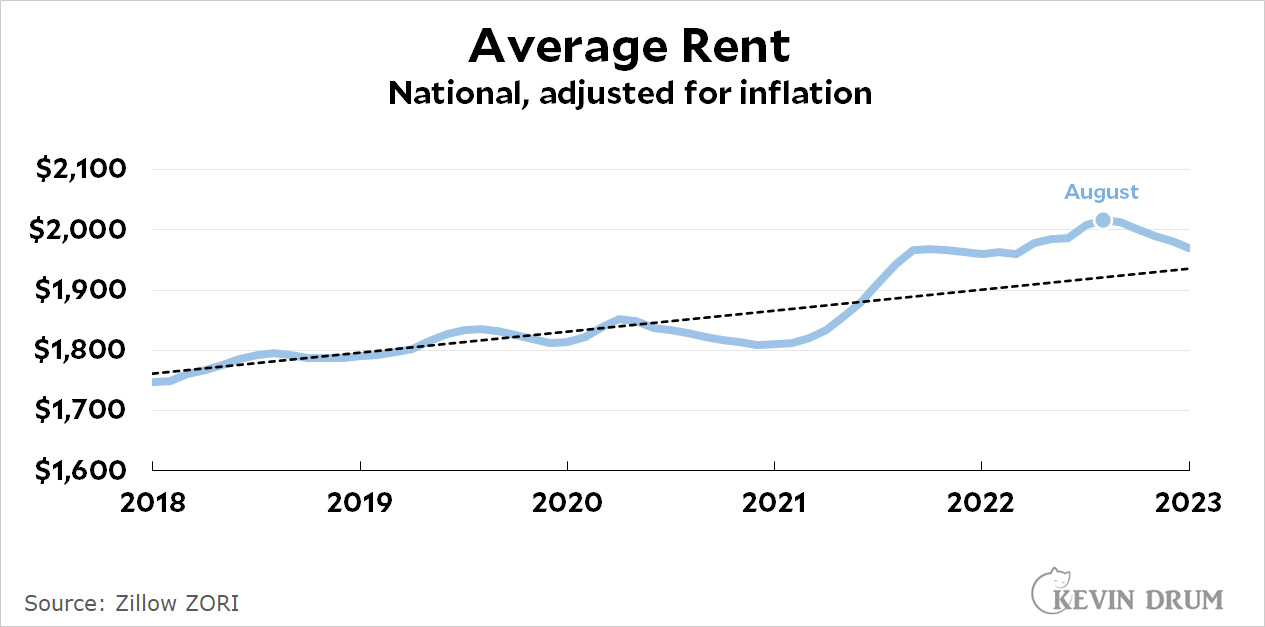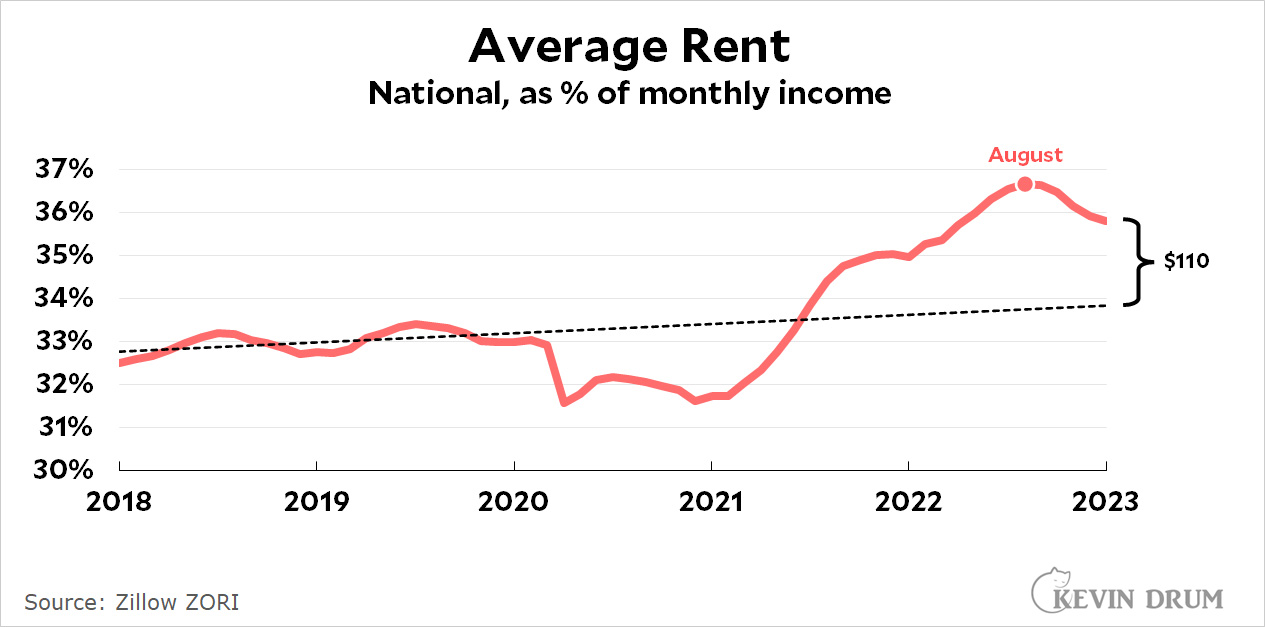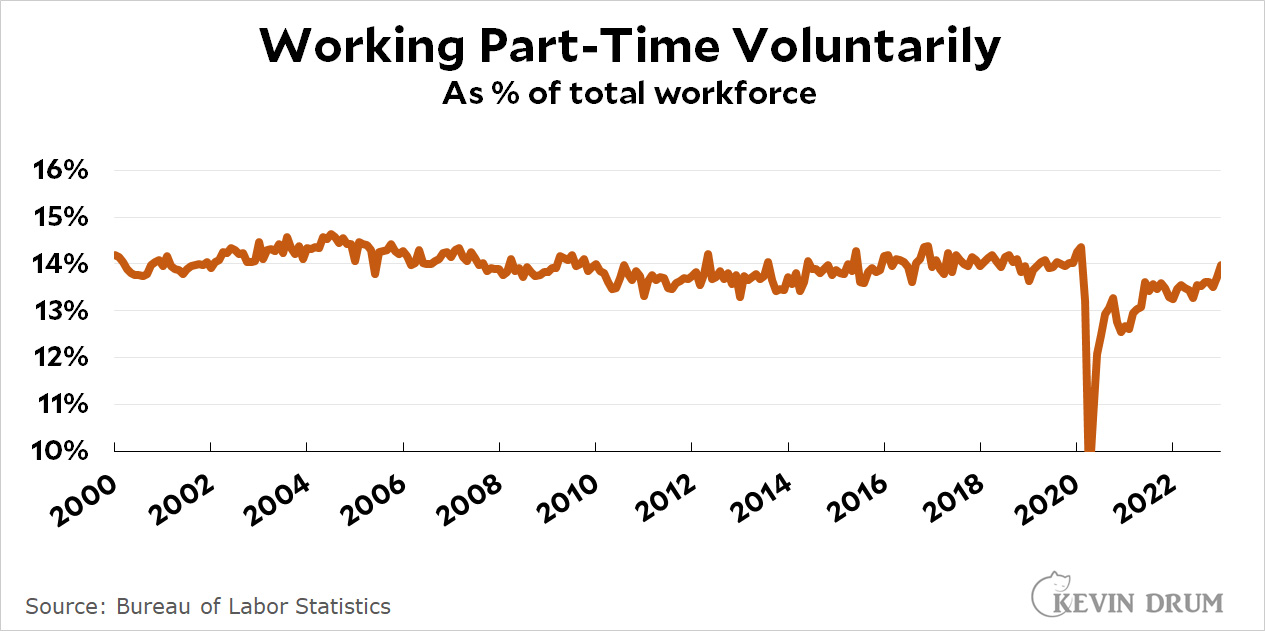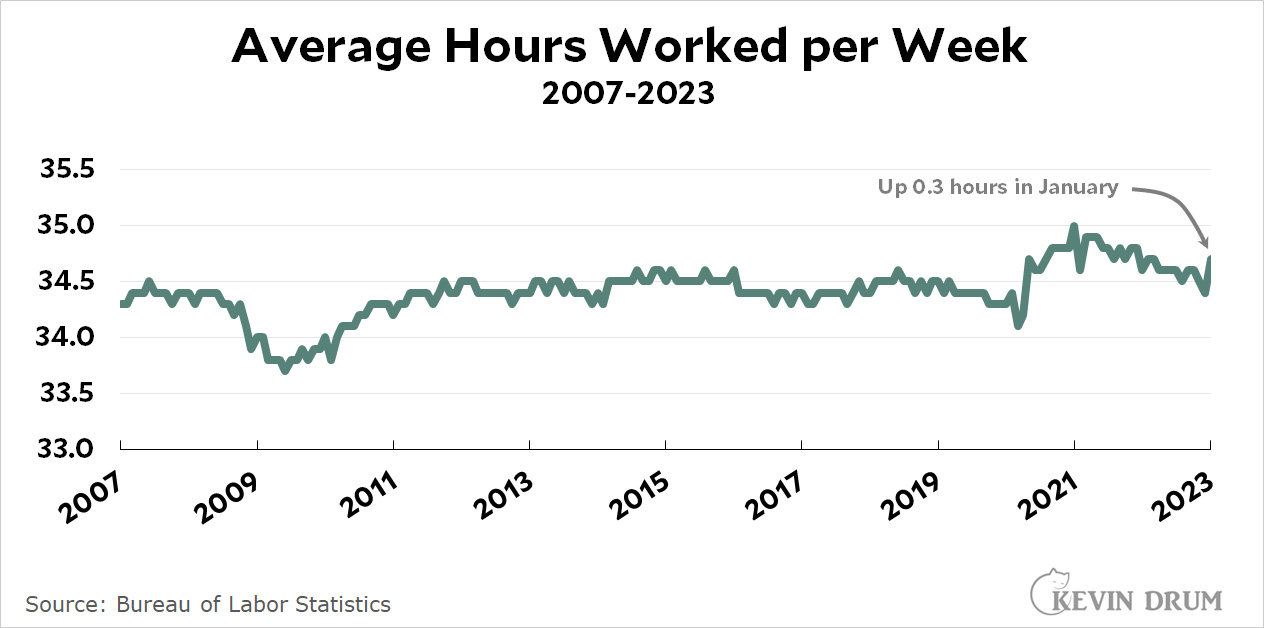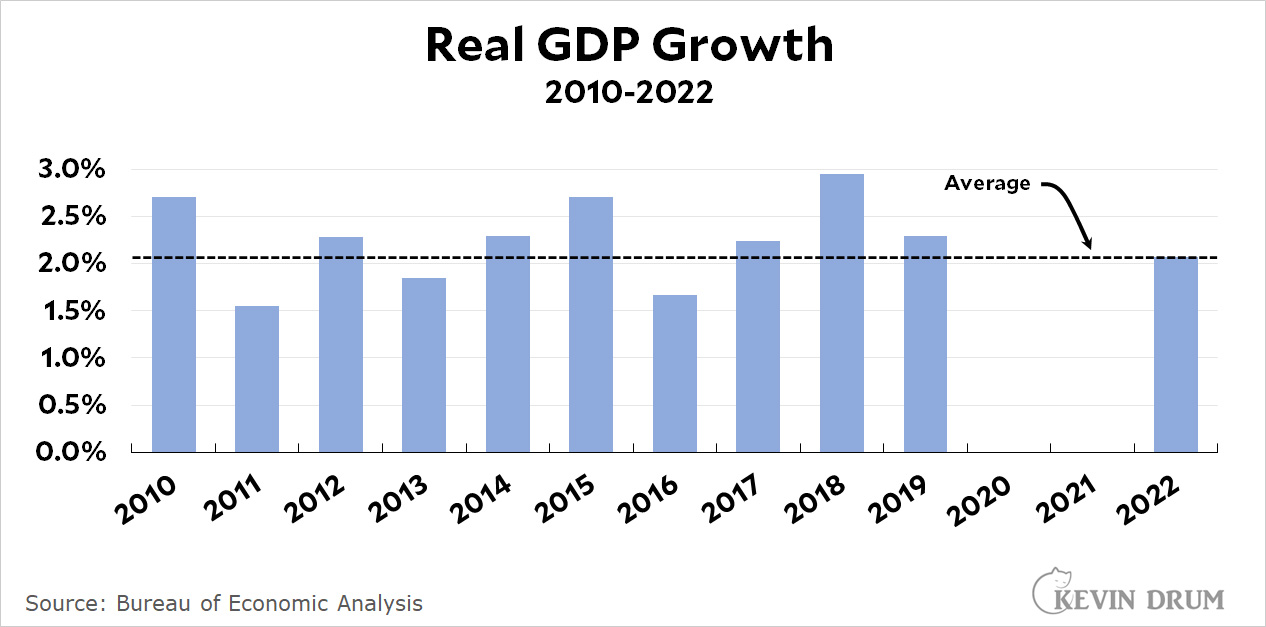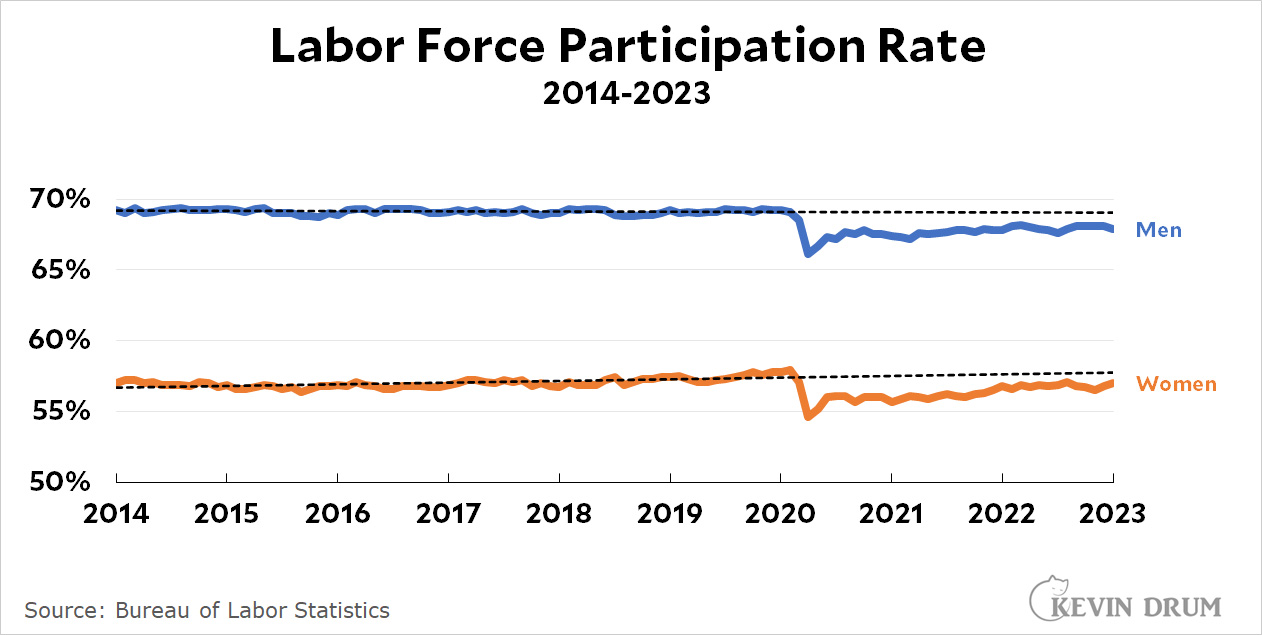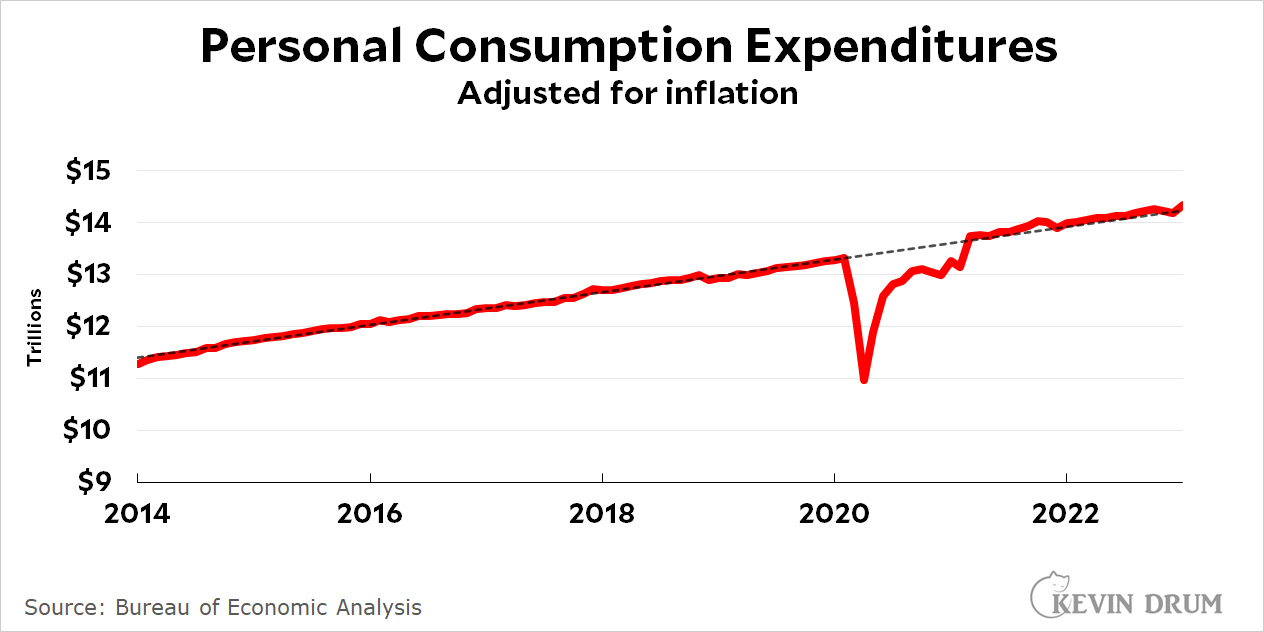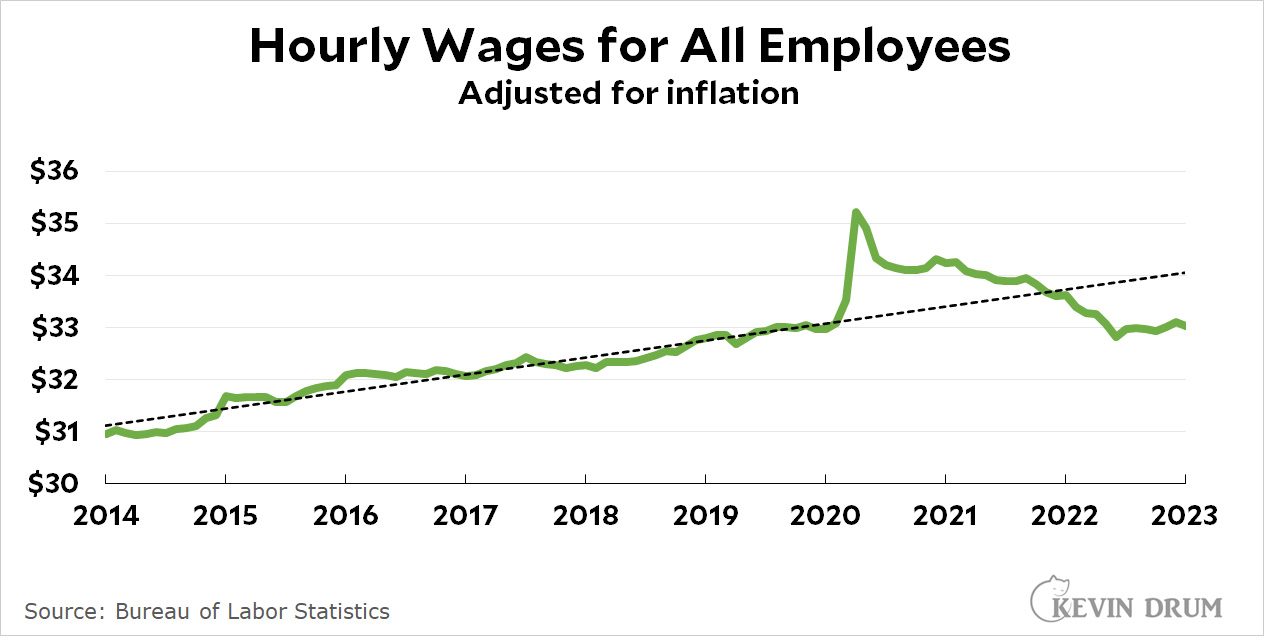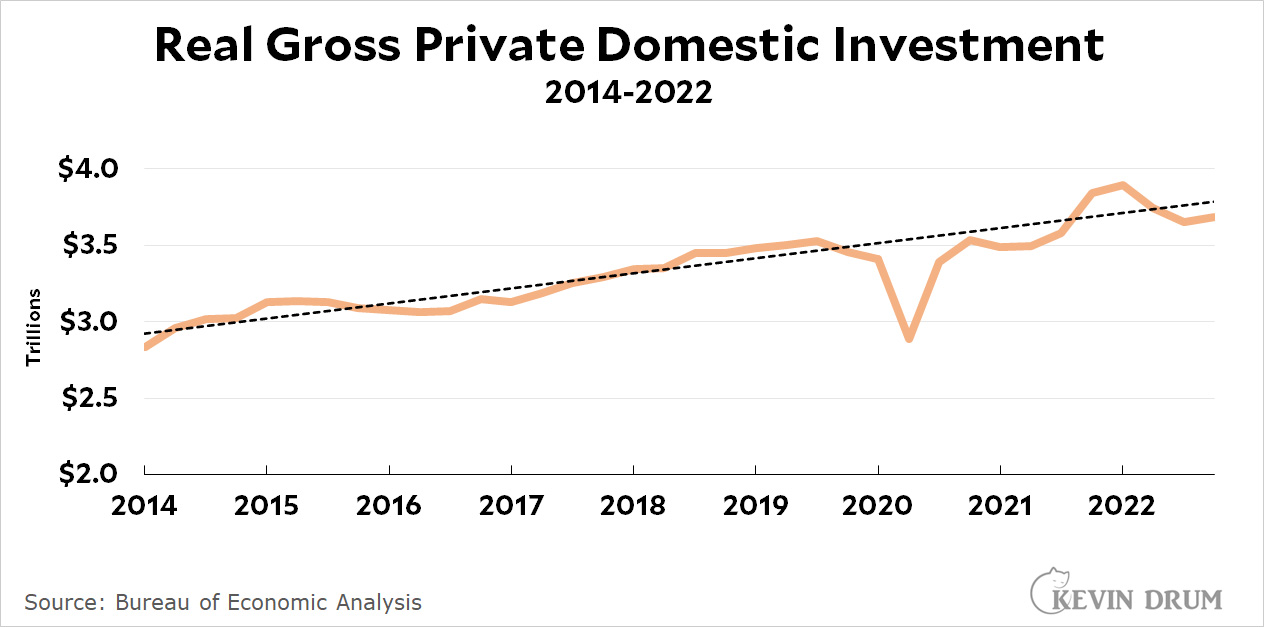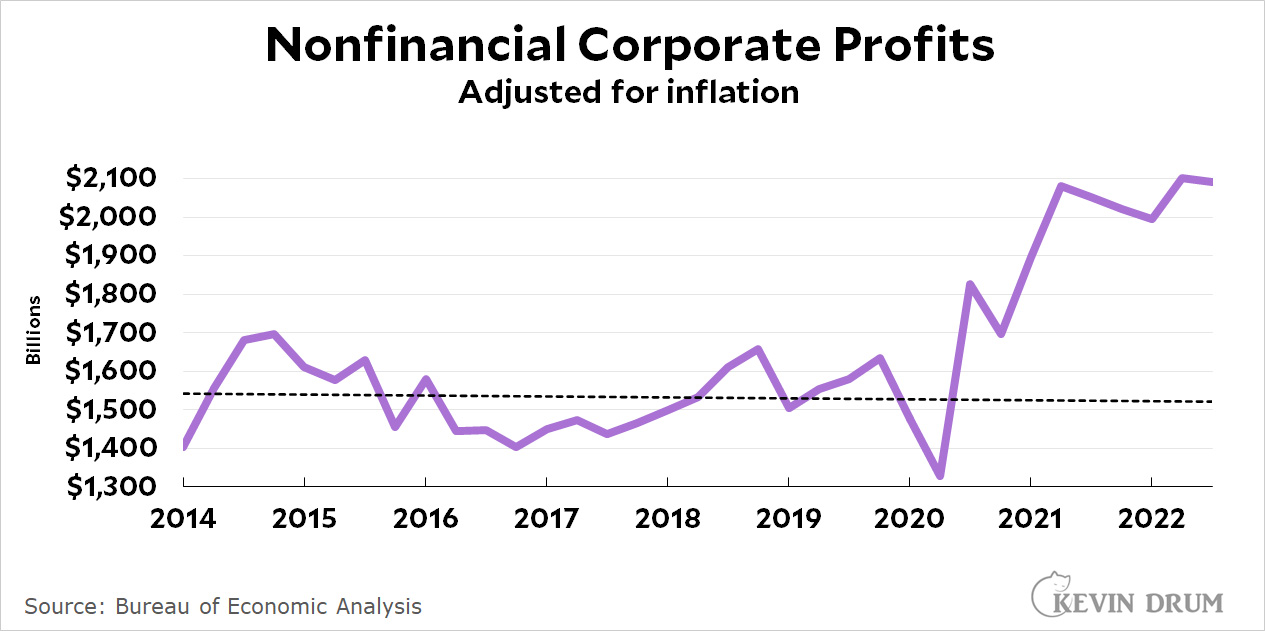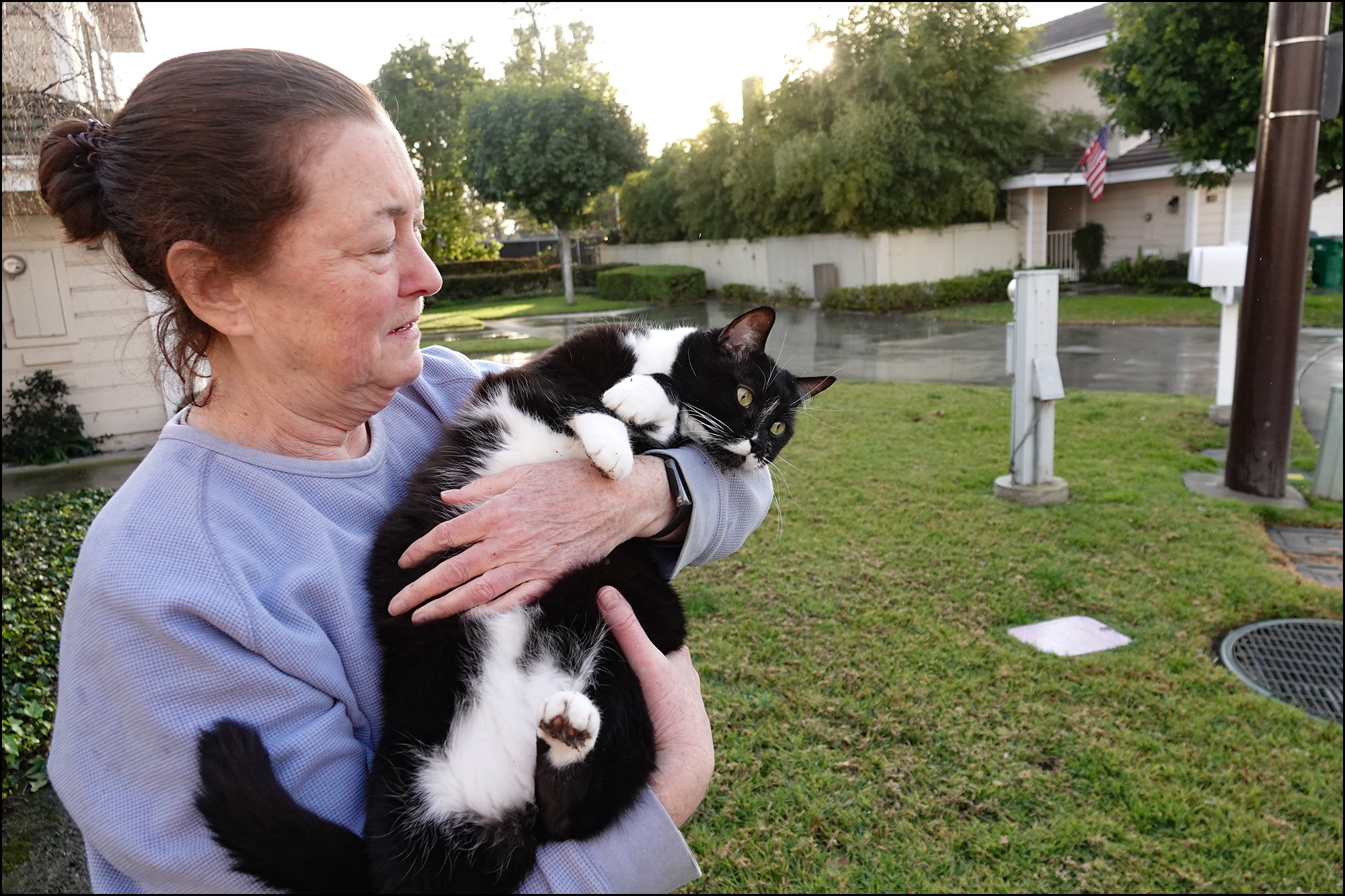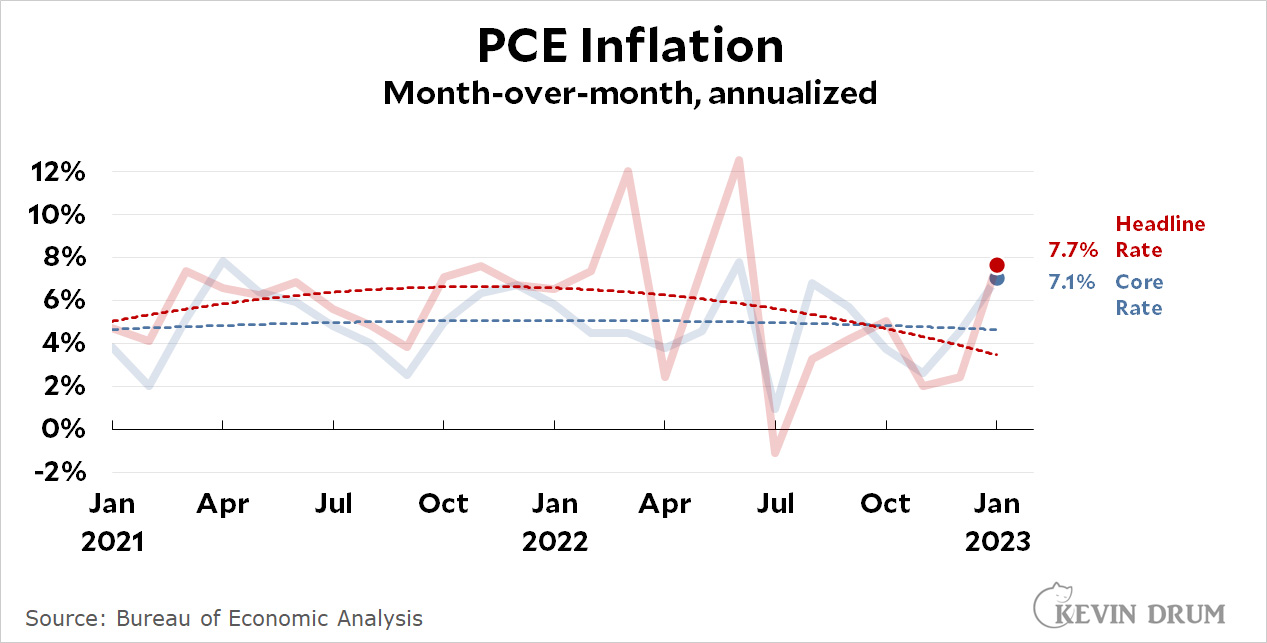With Jimmy Carter apparently nearing death, a number of conservatives have taken to their word processors to declare that his 1979 "malaise" speech was pretty good after all. But, like David French, they say it was wrong then but right now:
Carter was wrong. There wasn’t a crisis of confidence. There was no malaise. There was instead a failure of leadership. Better, or at least luckier, leaders revived a broken nation.
Yet with every passing year, the deeper truths of Carter’s speech become more apparent. His insights become more salient. A speech that couldn’t precisely diagnose the maladies of 1979 more accurately describes the challenges of 2023. The trends he saw emerging two generations ago now bear their poisonous fruit in our body politic.
See also Peggy Noonan in the Wall Street Journal today.
This is a great example of the way that knowledge of history warps our understanding of . . . history. Time has passed since the Carter era, so it's now obvious that a low point in our past was just a passing storm. Things may or may not have been as bad as we thought at the time, but it's clear that none of it spelled an irreversible decline in the stature of the United States.
Today we're experiencing the same phenomenon but without the passage of time. So once again—as it did at the time—Carter's speech seems prescient. Democracy is doomed. America is doomed. Race relations are doomed. Carter called it, but four decades too early.
I doubt this is any more true today than it was in 1979. Less true, in fact. After all, the late 1970s really did feature stratospheric inflation, an oil shock, busing wars, a hostage crisis, a punitive Fed, and, shortly, a massive recession. Practically every one of those things—along with nearly everything else—is better today than it was in Carter's time.
But in the face of a huge set of positive trends, we're all determined to focus instead on the smallish number of things going wrong. Here's an example that just happens to be close to mind. Yesterday I noted that trends among teens were quite positive along a large number of measures. This came from the CDC's YRBSS data, but here's how the CDC itself presented it:
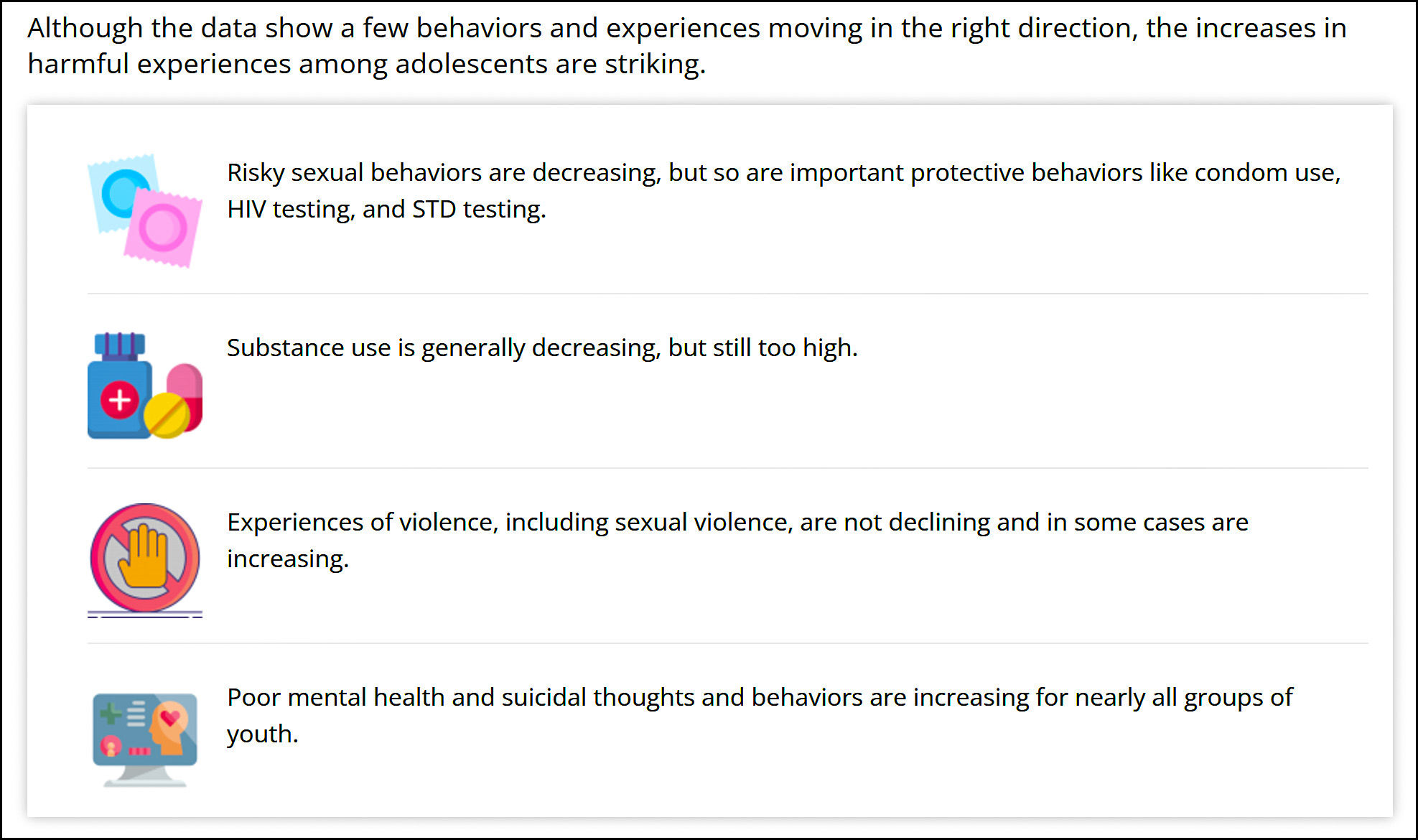 In fact, the news is good on every single one of these measures except for the last one. But why shouldn't teen mental health be in trouble if they're constantly being bombarded with information designed to scare the hell out of them?
In fact, the news is good on every single one of these measures except for the last one. But why shouldn't teen mental health be in trouble if they're constantly being bombarded with information designed to scare the hell out of them?
The same thing is true more broadly. Local news is stuffed with reports about dangers to ourselves and our kids. Fox News specializes in doomsaying and fearmongering. Politicians of all stripes are (apparently) motivated to insist that everything is terrible even when a plain look at the data shows that it's not so.
So we're afraid to let our kids walk alone in the neighborhood. We're afraid they're being taught to hate America in our schools. We're afraid they're abusing drugs and bullying each other into suicide. We're afraid that Social Security is going broke and Millennials are doomed to McJobs forever and the social safety net is all but tattered and lying in shreds. We're afraid that trans people are corrupting our youth and woke ideology is making us weak. We're afraid that cops are killing Black people in growing numbers. We're afraid that social media is destroying our sense of community. We're afraid that illegal immigrants are pouring across the border and taking our jobs. Hell, we're afraid to report good news for fear of being mobbed by people who insist that we're erasing the experiences of people who aren't doing so well.
And above all, we're terrified of what the other party will do if it ever gets power.
But in reality, we keep rolling along no matter who's in charge:
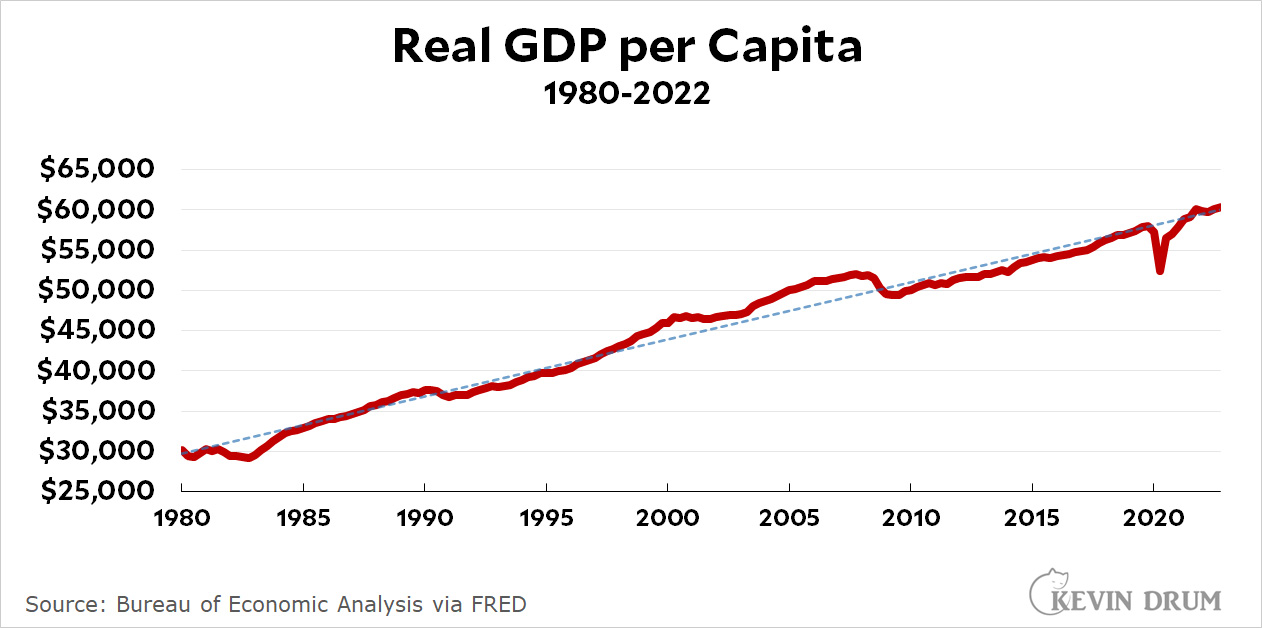 Even the booms and busts are small if you look at long-term trends. We just keep growing and growing at the same exact rate, with only modest deviations for a few years here and there.
Even the booms and busts are small if you look at long-term trends. We just keep growing and growing at the same exact rate, with only modest deviations for a few years here and there.
The truth is that most things are fine—and getting better. As they say in Dune, fear is the mind killer. Or, if you prefer something less fictional, all we have to fear is fear itself.
As it happens, I've never liked that FDR line because there are things to fear aside from fear itself. Still, there's little question that overall societal fear of practically everything far exceeds the actual danger posed by most of the things we're afraid of.¹ But we're addicted to fear these days, and plenty of people have learned that they can make money off of it. The fear-industrial complex has us in its grasp and has no intention of ever letting go.
¹Climate change is the biggest exception.

